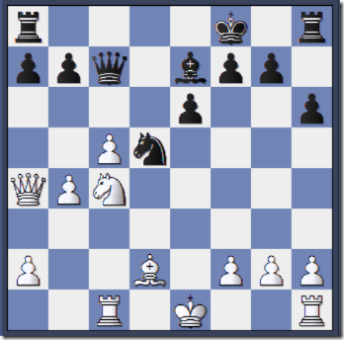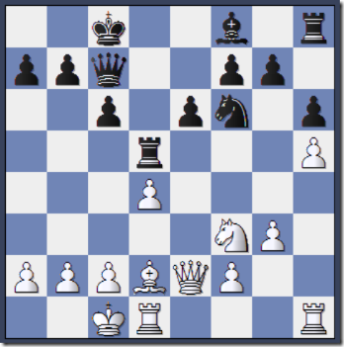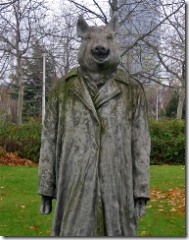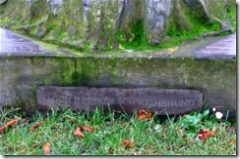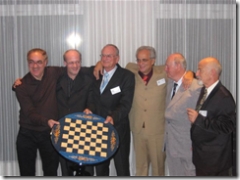FIDE candidates final matches: round four preview
Shirov - Aronian
Shirov had prepared a very interesting new idea in the trendy Queen's Indian line that we already saw in the candidates in the Bareev - Polgar game.
Aronian found an interesting way to play for Black over the board. He sacrificed the Queen for Rook, Bishop, and Pawn, getting enough practical chances. Theoretically however, the situation is far from clear, and there should be improvements possible (for example 21.Bf4 is recommended by my Fritz).
Also while Aronian is to be praised for finding this line over the board, this doesn't mean that it is already the best possible. If after 12.Nc3 Black delays castling for a move, and plays 12..Nb4 immediately, or even 12..a6, the whole idea with 13.g4 does not seem to work at all.
Therefore I think Shirov will continue his hit-and-run tactic and test Aronian in another line.
Bareev - Leko
Leko played the Slav in game two. This must have been a minor surprise to Bareev, as Leko has played the Slav only on a few occasions before. Indeed Bareev used a lot of time and then suddenly offered a draw in a position that Peter still knew from his preparation.
I don't know if Leko has prepared the Slav especially for this match. He could not have known that Bareev would be his opponent - but maybe he prepared for all three possible opponents, including Polgar. Or he has generally prepared the Slav as a second defence against 1.d4.
In any case I think he wanted to avoid the Queen's Indian that Bareev played against Polgar, and that Shirov also played against Aronian (see above). The line is very new, White has a nice initiative, and it is not easy to avoid with Black. Many unexplored ways to play this line with White probably still exist, making it not easy for the Black player to prepare against it.
I expect Bareev to prepare something against the Slav or switch to 1.c4.
Rublevsky - Grischuk
In game two Grischuk made Rublevsky's Scottish opening look very harmless.
In game three Rublevsky followed my suggestion and switched to the Paulsen. Actually he followed both of my suggestions at once, and later transposed to the Scheveningen, but used a different setup from the first game. Grischuk then proceeded to play another great game, only to miss the win just before the time control.
So far Grischuk seems to refute Rublevsky's openings for breakfast - and they looked so solid against Ponomariov. Rublevsky should better come up with something soon, but it looks difficult.
Gelfand - Kamsky
Kamsky played a (very!) terrible game three. I guess Gata has shown that you can play without openings on this level. But playing without openings and then spending ages of time on the first few moves was really too much.
Kamsky now faces the second half of the match with a point and a White game down. I am afraid another Slav won't help here. Did I mention I was still waiting for the KID?
Labels: chess



